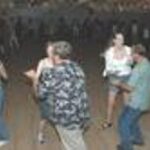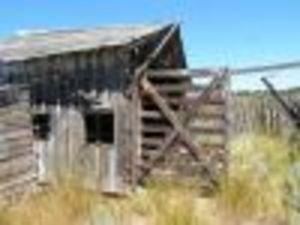With Halloween seemingly just around the corner, masks of all kinds will be out and about. And that brought about to my ears the phrase “masquerade ball.”
When you hear the term, “masquerade,” what do you think of? I usually associate the word with a large extravagant dance wherein all the people are dressed in wonderful costumes and masks–usually with lots of sparkle and feathers!
I also associate the word with the song (of the same name)/scene combo from Andrew Lloyd Webber’s Phantom of the Opera. In the scene, there is indeed a lavish dance, with everyone hiding behind masks, and the song speaks of trying to figure out who’s behind the masks.
But what is a masquerade ball, and where does it come from?
Masquerade comes from the French word masque, meaning just what you’d think: mask!
Developed in an ancient part of France in the late middle ages, it was made most popular during the 16th and 17th centuries in England.
A masque was a festive entertainment existing mostly in the rich aristocratic courts, though there was a public version (called a pageant). There was music and dancing, singing and acting, and stages were elaborate and over-done. Usually professionals were used, wearing masks, and the whole thing was a great amusement to all, often containing social and/or political undertones to the acts and allegories, creating much drama. Those watching were often invited to join in the dancing and song.
People enjoyed the trickery and deception used to cloak serious issues, making a good time of it, and in the end, the players would take off their masks, revealing their identities.
Elizabeth 1, Shakespeare, Anne of Denmark, Henry VIII, and Charles 1 are among some of the famous names who enjoyed masques–Shakespeare often writing them into his plays.
There have been some attempts at writing/creating masques in much later years (Ralph Vaughan Williams in 1930, etc.), but the ancient art is mostly lost today.
The surviving element is the masquerade ball, which is still around today.
During the Renaissance of the 15th century in Italy, the balls developed from being mainly for the Venetian upper class into public festivals, celebrated during the season before Lent (which can last anywhere from a couple of weeks to months), called Carnival.
The balls were not made public till around the early 18th century, though, finally becoming popular in England and even America.
When the Venetian Republic fell at the end of the 18th century, the masquerade ball declined and all but disappeared, until 1979 when an innovative group of young Venetians who loved the theatre wanted to bring the festival back. It now boasts a gathering of around 500,000!
While the carnivals and masquerade balls are still held today, in some places, especially in America–they have lost much of their grandeur and flare for the theatrical, and have become little more than costume parties.
Still, it’s interesting to know the history of such a grand party, and dream of being part of such mysterious and adventurous fun!







